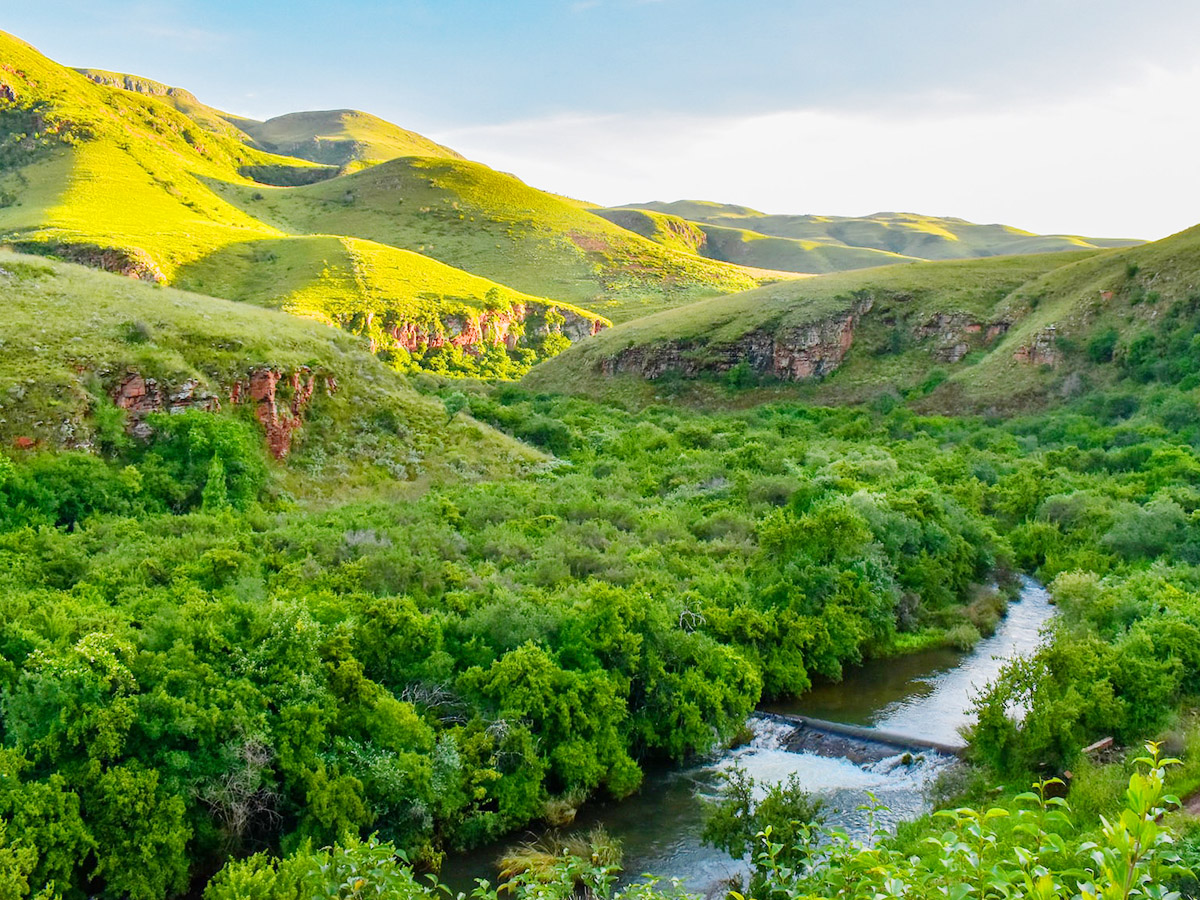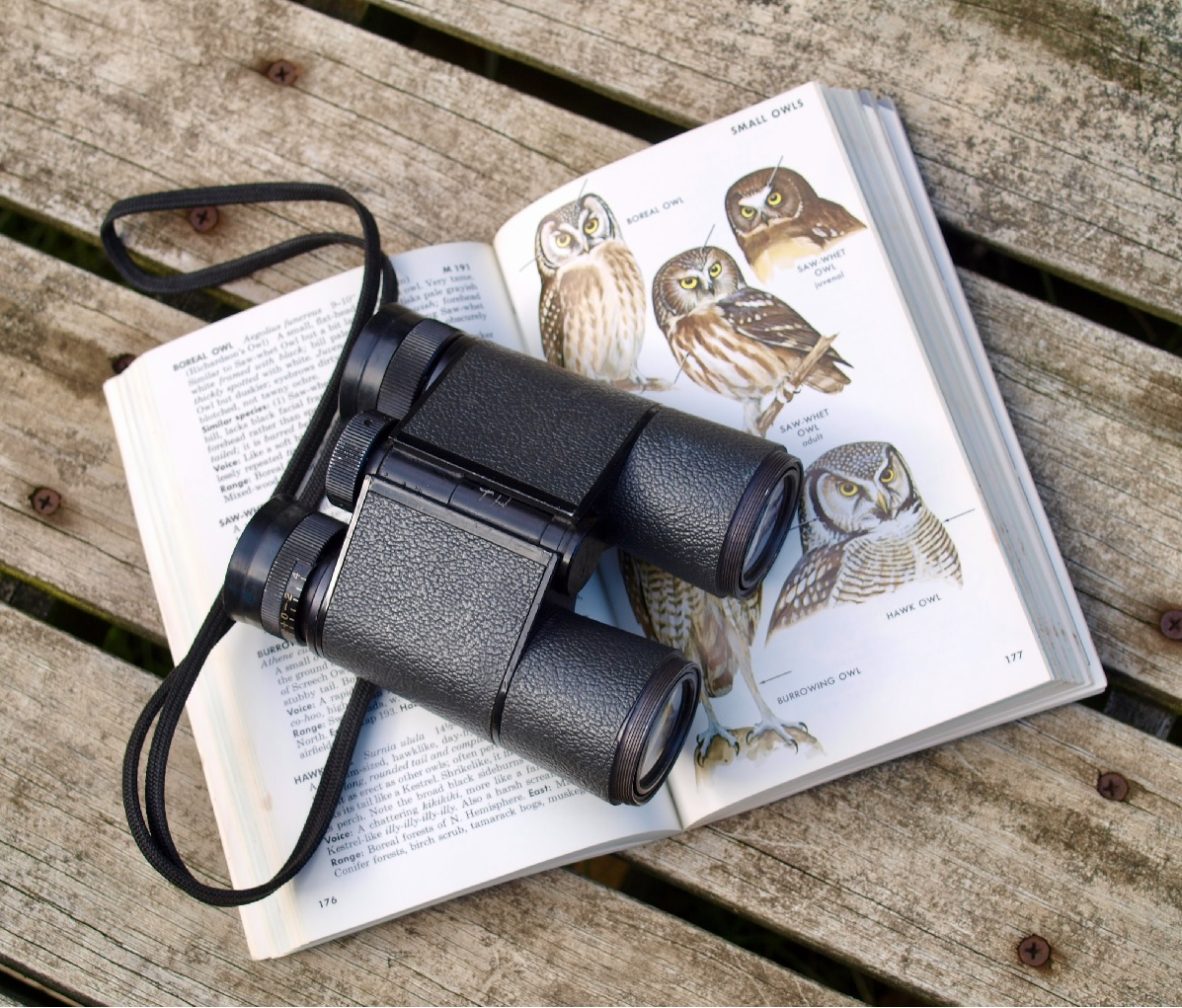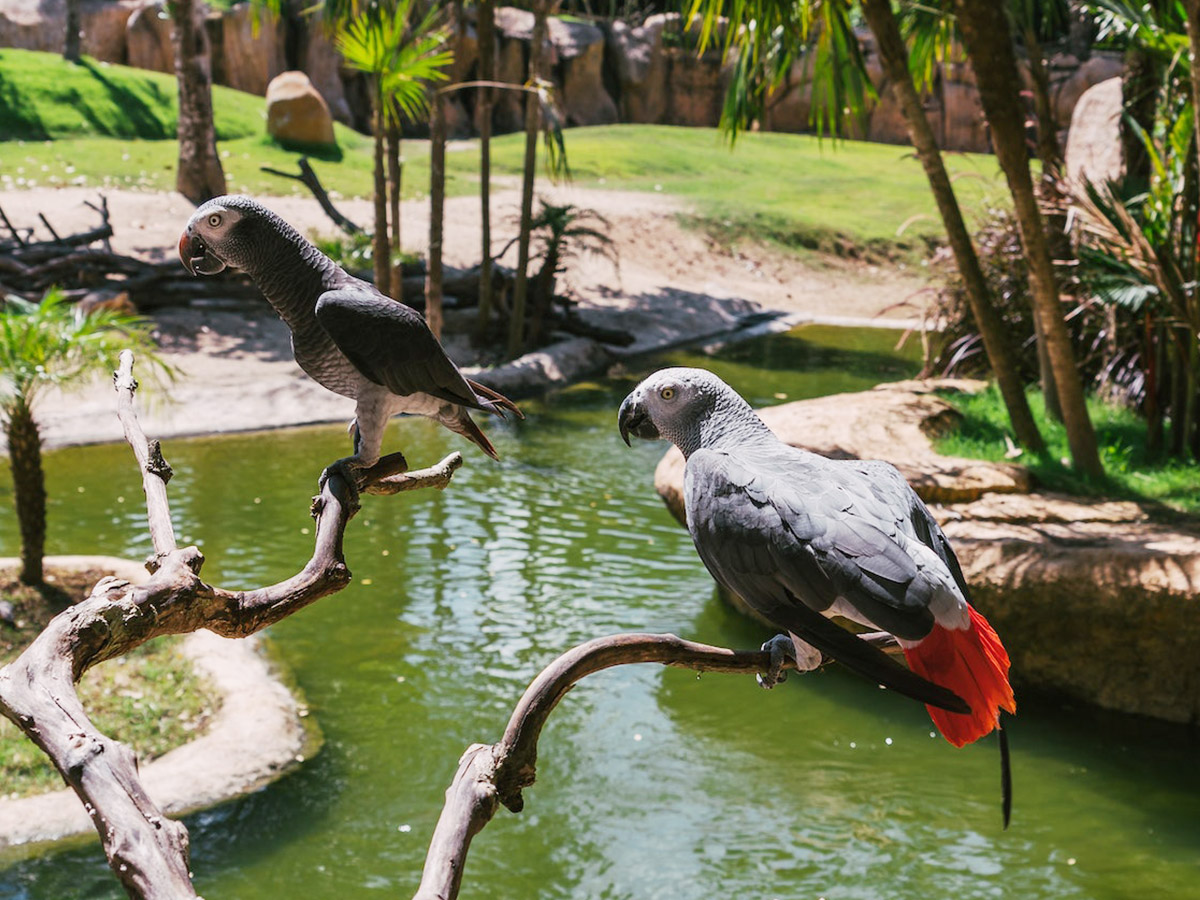Table of Contents
The rainforest in Central Africa is an ancient and diverse ecosystem, home to a wide variety of wildlife and plants. But what does the rainforest in Central Africa look like? In this blog post, we will explore the Central African rainforest ecosystem and the wildlife and plants that live there. We will also look at some of the threats to the Central African rainforest and what we can do to protect it. By the end of this post, you should have a good understanding of the rainforest in Central Africa and how to help protect it.
The Central African Rainforest Ecosystem
The Central African Rainforest Ecosystem is one of the most biodiverse and important ecosystems on Earth. It’s home to over 1,500 plant species, as well as more than 450 different mammal and bird species. The rainforest is also a significant source of food for humans, supporting over 60% of the world’s population with its forest products. Unfortunately, the Central African Rainforest Ecosystem has been struggling in recent years due to a number of factors, including deforestation and climate change.
Thankfully, there are a number of conservation efforts underway to help preserve this ecosystem for future generations. For example, there are now protected areas covering an area larger than France located in the Central African Republic, Cameroon, and Gabon. These protected areas offer critical habitats for many endangered species and help to slow down the rate of deforestation in the region.
In addition to protected areas, there are also a number of sustainable forestry initiatives being undertaken in the region. These initiatives use sustainable practices such as logging that maintain healthy forests while providing economic benefits for local communities. This type of forest management offers significant benefits for both people and nature alike – it’s an important step in preserving the Central African Rainforest Ecosystem!
Wildlife And Plants
Central African rainforests are one of the most unique ecosystems on earth. These forests cover an area of more than 1 million square miles, and they’re home to a staggering diversity of plant and animal life. Unfortunately, these rainforests are under threat from deforestation and climate change.
According to the World Wildlife Fund (WWF), Central African rainforests are one of the most threatened forests on earth. Deforestation – the removal of trees – is happening at an alarming rate, and this is having serious consequences for biodiversity. The WWF reports that over 60% of Central African rainforest has been lost over the past two decades, and this trend is only going to continue unless we take action.
Various conservation strategies are being employed in order to try to preserve these rainforest ecosystems. Some example strategies include creating protected areas, educating locals about the importance of conserving resources, and encouraging sustainable farming practices. Additionally, there’s a potential for ecotourism in Central African rainforests – something that could help generate revenues that can be used to support conservation efforts.
The impact of human activities on biodiversity is also a concern in Central African rainforests. For example, logging operations can result in the clearing out of rare species or endanger sensitive habitats. In addition, hunting can lead to the slaughtering of animals that are important for local subsistence economies or ceremonial practices. There’s also a risk that oil exploration will damage sensitive habitats or contaminate water sources with pollutants.
Fortunately, there’s hope for the future of Central African rainforests – thanks in part to initiatives like Rainforest Alliance’s $1 million grant program for restoration projects in five key countries: Cameroon, Democratic Republic Of Congo (DRC), Equatorial Guinea-Zara Pointe Region (EGP), Gabon AND Republic Of The Congo (ROC). With your help, we can make sure these incredible ecosystems remain healthy and flourishing in the future!
Threats To The Rainforest Ecosystem
Central African rainforests are some of the most diverse and biodiverse ecosystems on earth. They are home to around 1,500 species of animals and plants, as well as a vast array of unique habitats. Unfortunately, this natural beauty is under threat from human activity.
The most significant threats to the Central African rainforest ecosystem come from logging and farming. These activities are responsible for the majority of deforestation in the region. Not only do they damage the rainforest itself, but they also impact many of the species that live there. Primates – such as gorillas and chimpanzees – are particularly threatened by hunting, as their habitats are destroyed in search of bushmeat (the meat of wild animals).
Climate change is also playing a role in the destruction of Central African rainforests. Rising temperatures and more severe droughts cause trees to be cut down faster than they can be regenerated. This results in more land being converted to agriculture, which leads to further habitat destruction due to invasive species expansion or firewood collection becoming increasingly difficult due to high demand from major cities.
Lastly, inadequate protection of Central African reserves has led to illegal poaching by poachers who violate wildlife sanctuary laws. This has led to a decline in population size for many large mammals (such as elephants) that were once abundant within these reserves but have since disappeared completely due largely to hunting pressure exerted on them by humans.
Fortunately, there is still plenty that can be done to prevent Central African rainforests from disappearing forever. concerted efforts by governments, non-governmental organizations (NGOs), and individuals can help preserve these vital ecosystems for future generations.
Threats To The Rainforest in Central Africa

The Central African Rainforest is a vital part of the global ecosystem and it’s in danger. Due to increasing global temperatures, the rainforest is being cleared at an alarming rate. Illegal logging is also a constant threat, as it destroys valuable ecosystems and removes valuable resources from the area. Invasive species are also a risk, as they can damage or destroy the native biodiversity that exists in the rainforest. Overhunting has led to dramatic drops in certain animal populations, while drought and extreme weather have had damaging effects on both plant and animal life.
Human activities such as mining, oil extraction, and farming have caused extensive destruction of fragile ecosystems. Industrial pollution has resulted in air and water contamination that can have serious consequences for human health. The Central African Rainforest is under siege – we need to act now to save it!
Conclusion
The Central African Rainforest is a unique and diverse ecosystem that is home to over 1,500 plant species, 450 different mammal and bird species, and provides sustenance for over 60% of the world’s population. Unfortunately, this precious ecosystem is under threat from deforestation, climate change, human activities such as mining and farming, illegal hunting, and poaching. Conservation efforts are underway to protect the rainforest from destruction, but we need to do more in order to ensure its future. We can help by supporting conservation initiatives like protected areas or sustainable forestry projects, educating ourselves about the importance of preserving these forests or even engaging in ecotourism that generates local revenues. The future of the Central African Rainforest depends on us – let’s take action now!











